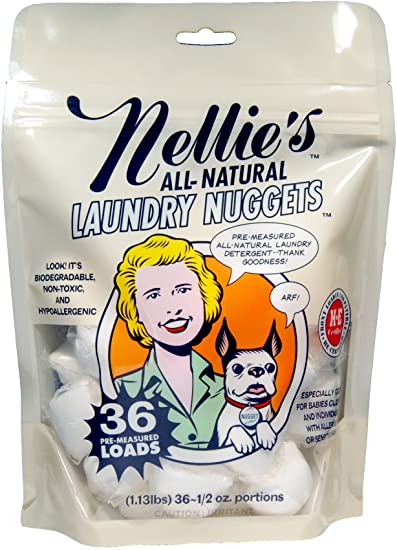
Detergent residue is a film that can be left on your cloth diapers and on everything you wash. You probably don’t notice it, unless your cloth diapers start leaking or smelling. Usually, there is nothing wrong with the diapers. The solution is usually in changing your washing routine. Residues can also be caused by minerals from hard water, or even residues from creams or ointments used to treat diaper rash.
Leaking – Wicking and Repelling Diapers
Residue can cause leaking. Leaky diapers can mean that fabrics that are supposed to repel moisture absorb and spread it instead (wicking) or fabrics that are supposed to absorb moisture repel the moisture instead, leaving it beading up on the surface or squeezed out the sides of the diaper rather than absorbing through the fabric. PUL covers are vulnerable to wicking, and polyester fleece diapers are vulnerable to repelling. Hemp or unbleached cotton diapers can also repel moisture if they haven’t been prepped for use, rinsing oils and waxes.
Smelly Diapers
Residue can cause smells. The filmy layer of the residue can trap particles that hold odors and leave your diapers stinky. If your diapers smell more than they used to, detergent residue is a likely culprit.
The Detergent Residue Fix
Residue on cloth diapers can be fixed. Don’t go buy new diapers. You can remove the residue.
If you have a problem with the detergent you are using, stop using it – or stop using so much. Sometimes the problem can be caused by using more detergent than can easily be rinsed from the diapers. You may need less detergent or another rinse.
Rinsing, rinsing, and rinsing some more will usually solve the problem. The hotter the water you use, the less rinsing you need to do. This is the same technique you should use to rinse natural oils or the waxes used in knitting hemp and cotton when you prep hemp or unbleached cotton diapers for use.
Don’t use chlorine bleach, but you can use oxygen bleach if you find that rinsing alone isn’t solving the problem.
You may have heard of stripping cloth diapers. Cloth diaper manufacturers “do not recommend the use of laundry additives (including vinegar and baking soda),” but you will find a lot of cloth diaper users who use both vinegar (acidic) and soda (alkaline) to remove detergent residue. If rinsing with water alone does not remove the residue, you need to use something that will break it down or dissolve it.
Solution
The solution to residue is in the washing and care of your diapers. If the residue is caused by diaper cream and you need or want to continue using the cream, consider using a cloth diaper liner.
Choose a laundry detergent that is approved for cloth diapers. Major cloth diaper manufacturers issued cloth diaper washing instructions through the Real Diaper Industry Association. Find a detergent that fits their criteria.
Keep in mind, though, that most of the problems with detergent residues happen with PUL and polyester fleece diapers. Natural soaps contain oils that can leave residues. This is a much bigger problem for polyester and polyurethane materials than for natural fibers. You may also have difficulties with residue on natural fibers – cotton and hemp diapers or wool diaper covers – but the issues will be different and the optimal diaper detergents will be different.
Look at the washing recommendations for the diapers you use. If you use a big mix of diapers, use the industry recommended instructions. If you have unusually hard or soft water, keep this in mind when making your choice. When you find a washing routine that works, stick with it.
How do you know if your detergent is working?
Your cloth diapers will smell clean, they will absorb liquids readily (as opposed to repelling them) and your detergent will NOT be causing your baby to have diaper rash.
You don’t have to live with stinky, leaky diapers. The solution is easy.
